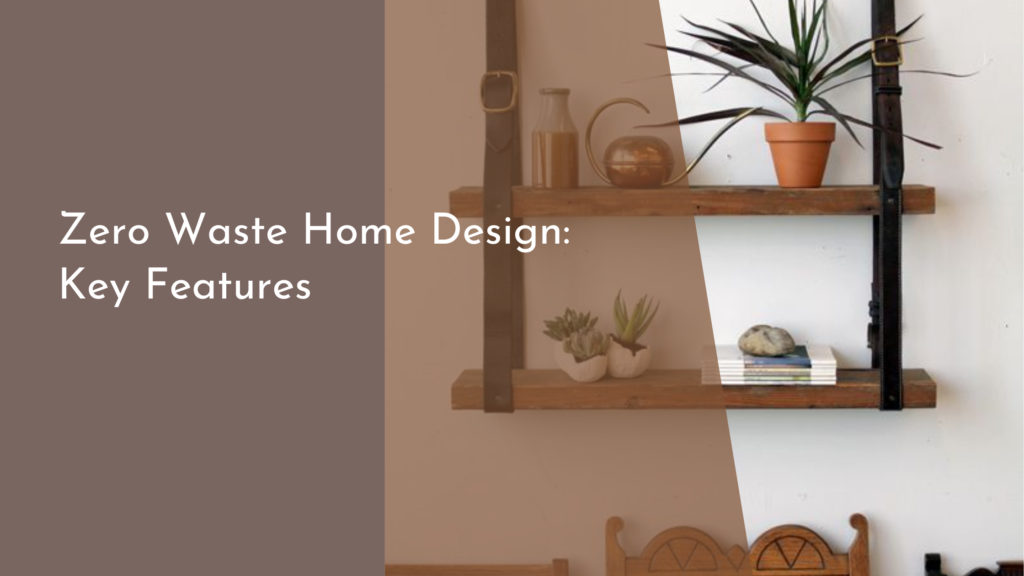How to Grow Organic Vegetables Indoors
Growing organic vegetables indoors can be a rewarding and fun journey, bringing the joys of gardening into your living space while providing fresh, healthy produce year-round. Whether you’re a seasoned gardener or a beginner, cultivating your own indoor vegetable garden can be an enriching experience. Not only does it offer a sustainable way to consume vegetables, but it also brings the benefits of greenery and nature into your home environment. This guide will walk you through the steps of selecting the right vegetables, setting up your indoor garden, gathering essential tools, and nurturing your plants to full bloom.
Choosing the Right Vegetables for Indoor Growth
When it comes to growing vegetables indoors, choosing the right varieties is key to your success. Certain vegetables thrive better indoors due to their size, light requirements, and growth cycle. Leafy greens like lettuce, spinach, and arugula are excellent choices because they grow quickly and don’t require a large amount of light or space. Herbs such as basil, mint, and parsley are also ideal because they are small and can thrive on a windowsill with moderate sunlight.
Root vegetables like radishes and carrots are another great option for indoor growth. With the right container, these vegetables can flourish indoors, offering delicious and healthy treats for your kitchen. When selecting vegetables, look for dwarf or mini varieties, as these are often bred for container gardening and have a compact growth habit more suitable for indoor environments. Researching and selecting the right type of seeds can ensure a robust and satisfying indoor garden.
Setting Up Your Ideal Indoor Garden Space
Creating the perfect space for your indoor garden involves a few thoughtful considerations. First, assess the light availability in your home. South-facing windows are ideal as they receive the most sunlight during the day. If natural light is insufficient, invest in grow lights which can provide the necessary spectrum for plant growth. Position your plants in a space where they will receive adequate light and are easily accessible for care.
Next, consider the temperature and humidity of your indoor environment. Most vegetables prefer temperatures between 65-75°F (18-24°C). Avoid placing your garden in areas with temperature fluctuations such as near heaters or drafty windows. To maintain humidity, especially during the winter months, you can use a humidifier or place a shallow tray of water near your plants to increase moisture in the air. Creating a stable and comfortable environment will help your indoor garden thrive.
Essential Tools and Supplies for Indoor Gardening
To get started with indoor gardening, gather some essential tools that will make the process easier and more enjoyable. A set of basic gardening tools including a trowel, pruning shears, and a small hand rake will help with planting and maintenance. Containers or pots with good drainage are crucial for preventing root rot and ensuring healthy root development. Choose pots that fit well in your designated space and accommodate the growth of your chosen vegetables.
In addition to pots, a high-quality organic potting mix is needed to provide the nutrients your plants require. Look for a mix that includes compost, coconut coir, or peat to retain moisture while still allowing for adequate drainage. Fertilizers formulated for organic plants can give your vegetables an extra boost of nutrients. Regular feeding according to the package instructions can support robust growth and a bountiful harvest.
Nurturing Your Indoor Garden to Full Bloom
Once your indoor garden is set up, nurturing your plants is essential for a fruitful harvest. Regular watering is crucial but be cautious not to over-water. Check the soil moisture level by sticking your finger an inch into the soil; if it feels dry, it’s time to water. Ensure your pots have drainage holes to prevent excess water from accumulating, which can lead to root rot.
Pruning and monitoring for pests are also important for maintaining healthy plants. Remove dead or yellowing leaves to promote new growth and keep an eye out for common indoor pests like aphids or spider mites. Natural remedies such as neem oil or insecticidal soap can help control pests without compromising your organic garden. With consistent care and attention, your indoor garden will flourish, offering you a continuous supply of fresh, organic vegetables.
Embarking on the journey of growing organic vegetables indoors is not only an opportunity to cultivate fresh produce but also a way to bring the calming influence of nature into your home. The process of selecting the right plants, setting up your space, and nurturing your garden can be deeply satisfying, offering you a green oasis to enjoy year-round. With patience, attention, and a bit of creativity, you’ll find that indoor gardening is a joyous endeavor that yields delicious rewards. Happy gardening!


